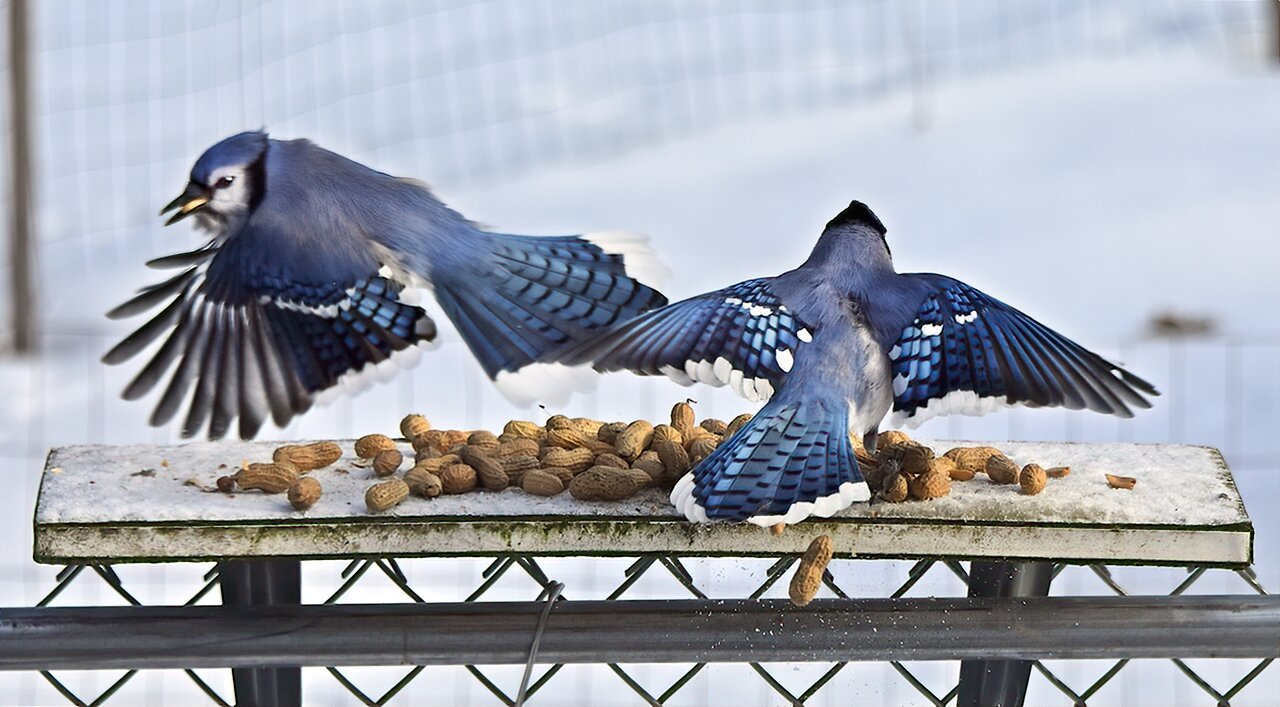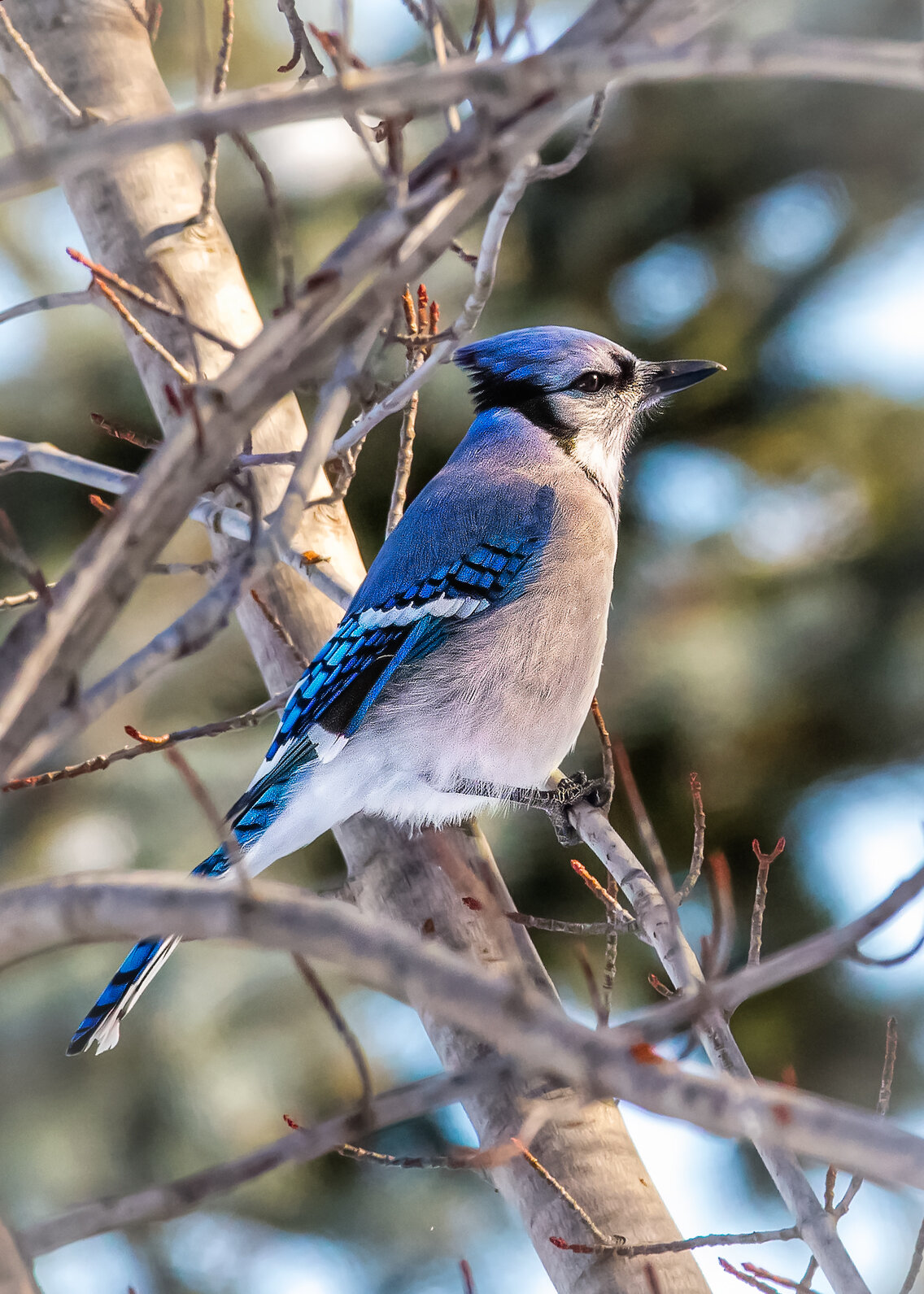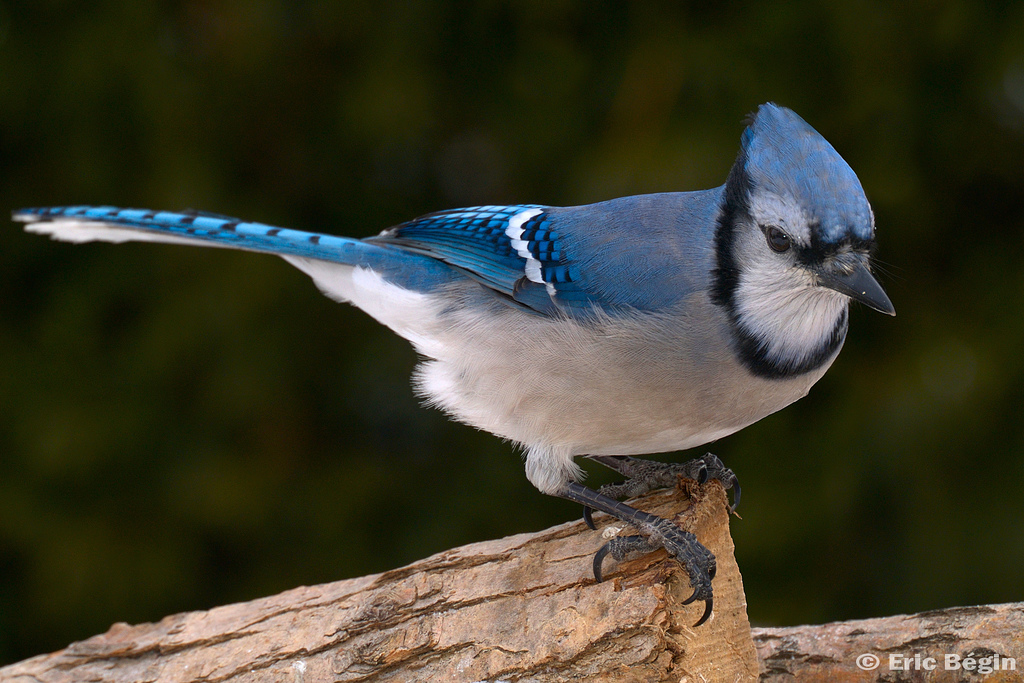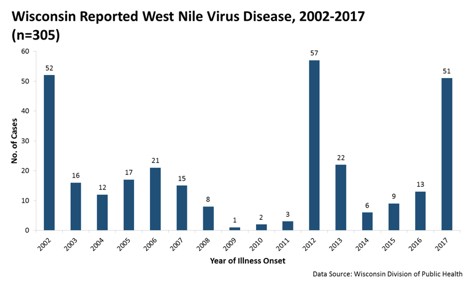Indeed, blue jays have been found to ransack the nests of other songbirds. At feeders, jays have been known to mimic the call of red-shouldered hawks, perhaps to scare other songbirds into thinking a raptor is near. They'll steal feed from squirrels, nuthatches, and woodpeckers, but it is a rather uncommon occurrence.
Blue jays are opportunistic. A majority of their diet consists of acorns, nuts, seeds, grains, and fruits. Insects become an important part of their diet during the breeding season. However, the birds do eat a broad diet including frogs, toads, bird eggs, nestlings, and rarely roadkill or deceased animals.
These birds belong to the corvid family, and accordingly are incredibly smart. Researchers trapping and marking blue jays have difficulty catching the same bird twice. Captive jays have used instruments to pull food from outside a cage to within it. Some blue jays have remarkably learned to pluck ants from a hill, wiping the formic acid of the ants onto their breasts and making the ants digestible. Additionally, blue jays will cache anywhere from 3,000-5,000 acorns each year—relocating a good majority of those acorns.















